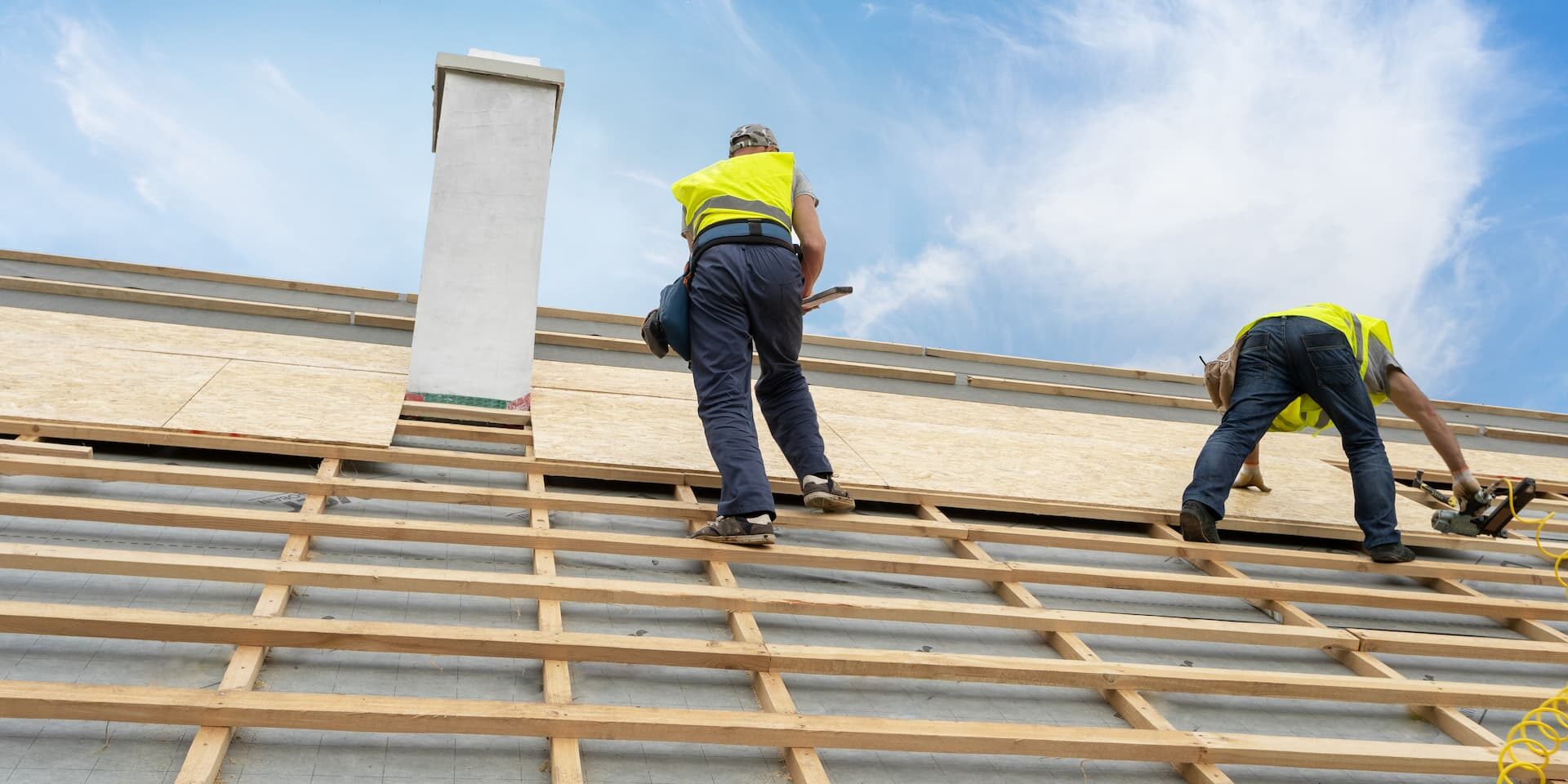Getting a new roof can be a daunting task if you don’t know what elements it consists of, i.e. what to focus on and what to look for.
Here at RoofAdvisor, we always tend to make the communication as easy and smooth as possible but sometimes, we will use some industry-specific phrases and words that you might not have heard about. It comes with the territory!
Of course, we never want to leave you hanging or in the dark, so we thought it would be a good idea to prepare a list of some of those roofing terms we use most often, and that are important for you to know.
So, without further ado, here they are! Read on and you’ll be talking like a roofer in no time.
Shingles
What’s the first thing anyone thinks about when talking about roofs? The part that we actually see when we look at it – its surface, its exterior part. And that is, most commonly, a roofing material called shingles.
So in short, shingles are your first line of protection from the outside elements. They are made of various materials and the type of shingles you’ll put on your roof depends on the climate and the area where you live.
We’ll always help you choose the right shingles. The most popular are asphalt shingles, slate, tile, metal, and wood shingles. They also differ in style and color, so you can easily get something that will best suit your home.
Flashing
Basically, what flashing does is keeps water out of your home at all the places where different roof elements meet. This means on all the transitions of different roof parts, for example around the chimney skylights, hips, roof valley, vents, and others.
This makes flashing an essential part of your roof as it will direct water into the gutters and prevent damaging leaks. It can be made of copper, aluminum, metal, or steel.
Gutter System
The gutter system also prevents leaks and damages caused by water, just in a different way. While flashing prevents the water from seeping inside the house, the gutters’ role is to prevent that water from staying on top of the roof or seeping down the walls.
Gutters are installed at the roof’s edges with the downspouts installed vertically on the house walls. With this kind of system in place, any excess water will easily drain towards the ground.
Decking (aka Sheathing)
The roof deck (also known as the sheathing) is the lowest part of the roof, directly connected to the attic. It is completely flat and serves as the foundation for the roof.
In short, the roof sheathing’s main role is to support the entire roof, making it more stable, strong, and durable. Sheathing can be made out of plywood, composite wood, or oriented strand board (OBS).
Underlayment
Underlayment is installed on top of the deck and below the shingles. It is what keeps you additionally protected from water damages, which means that it is also water-resistant or waterproof.
Most often, it’s made out of rubberized asphalt or asphalt-saturated felt.
Roofing Square
A square is what we, in the roofing business, most often use when measuring roofs. For us, it is the easiest way to calculate how many shingles we’ll need to cover your roof.
So, to make it more understandable, one square equals 100 square feet. And to do some math for you, this would mean that if we say your roof is 15 squares big, it means that it has 1,500 square feet.
Ridge & Ridge Vents
Quite simply, the roof ridge is the peak of your roof, the horizontal line on its very top. It’s the uppermost place where the two or more sides of the roof meet.
Ridge vents, as the name suggests, are little vents installed across this peak, this horizontal line, and they allow the air to circulate naturally. And why is this important? So that your roof doesn’t overheat and malfunction.
Roof Valley
And finally, we have the roof valleys. These are the roof’s bottom intersections, where two slopes of the roof meet, forming a type of a valley. These are very vulnerable areas as rainwater can easily collect in them, so flashing must be installed here to prevent water from seeping in.
Now You Know How to Talk to a Roofer
And that’s about it! We’ve covered some of the most important information and roofing terms that will now help you feel more confident and in the know.
And if you’re in need of a professional local roofing company, or need some extra info, RoofAdvisor is here to help you. Contact us anytime!







